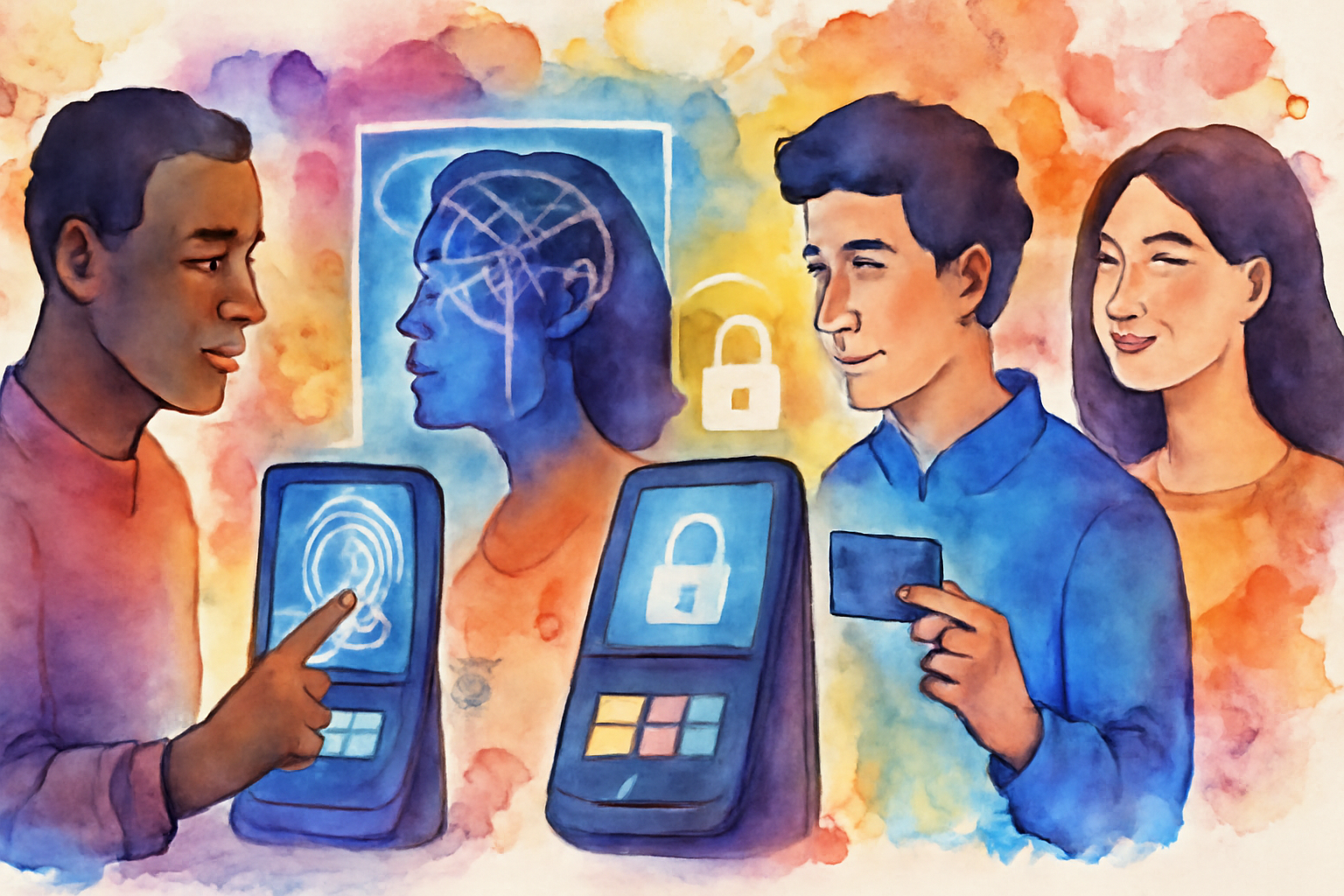
Biometric payments utilize physiological and behavioral characteristics to authenticate transactions, providing enhanced security compared to traditional methods. This technology leverages unique identifiers such as fingerprints, facial recognition, iris scans, and voice recognition to authorize payment transactions.
Key Components of Biometric Payments:
Enrollment Process: Users must initially register their biometric data with the payment platform, which involves capturing the biometric features in a digital form and storing them securely.
Verification and Matching: During transactions, the user’s live biometric sample is matched against the stored template to verify identity. This process typically occurs in real-time, ensuring a seamless user experience.
Data Security: Biometric data is stored in an encrypted form, often in a decentralized manner using techniques like tokenization and secure enclaves, to prevent unauthorized access and ensure the integrity of the authentication process.
Hardware and Software: Biometric systems rely on hardware such as high-resolution cameras (for face and iris recognition) and fingerprint sensors. Sophisticated software algorithms then process and match biometric data.
Advantages of Biometric Payments:
- Increased Security: Biometrics are unique to each individual, making forgery or duplication extremely difficult, thereby reducing the risk of fraudulent transactions.
- Convenience: Eliminates the need for remembering passwords or carrying cards, as biometric verification can be quickly performed with a simple touch or glance.
- Speed: Accelerates the checkout process as the need for manual input or multiple steps is reduced, enhancing the overall user experience.
- Non-repudiation: Biometric characteristics are inherently tied to the individual, providing incontrovertible evidence of the user's presence and intent at the time of the transaction.
Challenges to Consider:
- Privacy Concerns: As biometric data is sensitive, concerns about how this data is used and stored must be addressed, particularly in terms of user consent and data compliance policies.
- False Positives/Negatives: While biometric systems are highly accurate, there is still a risk of false acceptance (unauthorized access granted) or false rejection (authorized user denied access).
- Cost: Implementing biometric systems can be costly due to the need for specialized hardware and software, though costs are decreasing as technology matures.
- Cultural and Societal Acceptance: Varies worldwide, with some users more open to biometric methods than others, necessitating education and assurance from service providers.
Mastering biometric payments involves navigating these complexities while taking advantage of the security and convenience they offer. Continuous advancements in technology and growing regulatory frameworks are aiding in overcoming current challenges, making biometric payments an increasingly viable option for secure digital transactions.